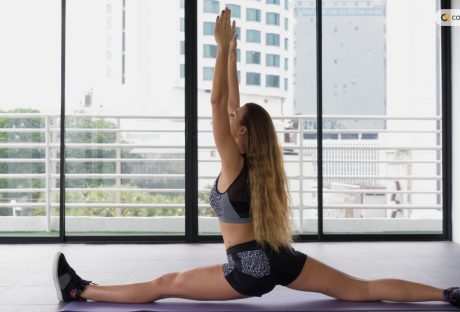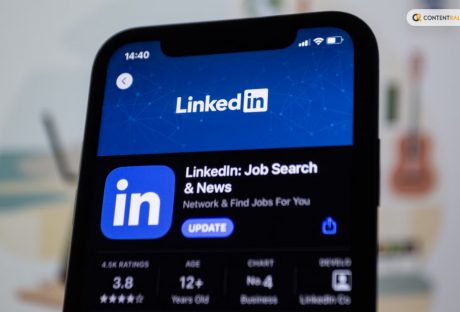Sales teams today are under pressure to close more deals and achieve maximum efficiency in an ever more competitive world. This is where there is a need for the sales dialer. Basically, it is a crucial tool for sales teams to improve efficiency and lead generation.
With this software, you can automate the process of hammering down numbers by dialing for leads. Hence, you can spare your representative valuable time to create compelling pitches and nurturing customer relationships.
However, once you have a pile of sales dialers to choose from — where should you start?
That’s why this comprehensive guide will give you, the sales manager, the knowledge to make an informed decision. In this article, you will learn about the main features of a sales dialer. Also, you will learn its types. Moreover, you will also learn how to find the right one that suits your team.
What Is a Sales Dialer?
With the help of a sales dialer, you can automate dialing phone numbers. This way, you can save a lot of time when you have to make hundreds/thousands of calls in a single day.
Generally, the dialer will automatically dial the number from your contact list. Then, it will connect the call to the sales representative when the sales prospect answers the call. However, if the call goes to voicemail, a quality sales dialer will leave a pre-recorded message. Hence, you can see the help it will be for a sales team.
Thereby, you can make your sales team more efficient. Apart from that, your sales rep can also become more productive and focus more on conversations with prospects. On the other hand, a sales dialer will also help you manage call queues and help you streamline outbound sales dialing.
To learn more about sales dialers, read on to the end of the article.
Introducing Justcall.io
JustCall.io is a cloud-based communication platform geared towards sales teams. As for the features, you will receive a powerful sales dialer, call recording, call analytics, and CRM integrations. Also, it consists of other tools that will help you to enhance team performance.
Why Do Businesses Use Sales Dialers?
Incorporating a sales dialer into your sales strategy has many good reasons. Here are some of the key benefits:
1. Increased Efficiency
Generally, sales dialers offset the work of manually dialing numbers. This frees up representatives to spend more time on activities that are productive and drive more volume and outreach.
2. Improved Productivity
Sales dialers do representative jobs like leaving a voicemail or making a follow-up appointment. It lets you free up representatives for activities that add real value, like qualifying leads, writing presentations, and doing deals.
3. Enhanced Call Management
Call logging, real-time call analytics, call recording, and diallers all come to your help. That’s how you get representative performance insights and you can identify improvement points.
4. Reduced Costs
Eliminating the need for expensive phone lines and infrastructure can make sales dialers an extremely cost-effective method of handling telephony costs. In addition to greater efficiency, this means that you’ll close more deals, which means a higher bottom line.
5. Improved Team Motivation
They receive more time to sell and consider it a better opportunity to access valuable performance data. Other features, such as call routing and call conferencing, help build team and collaboration.
Types of Sales Dialers: Finding the Right Fit
In order to select the sales dialer that fulfills the requirements of your team, you should be aware of the different types available. Here’s a breakdown of the two most common types:
1. Predictive Dialer
An automatic dialer connects representatives live with prospects at the tap of a button, eliminating wait time and wasting zero time. For high-volume outbound call centers with dedicated on-sales, predictive dialers are the best option.
However, you need to configure it carefully to prevent agents from being overwhelmed with too many calls at once.
2. Power Dialer
With this option, representatives can dial numbers on their own, but the lists are automatically called, and they leave a voicemail; then a callback is scheduled. The power dialers are good for, let’s say, smaller teams or smaller business interactions, such as complex B2B sales.
What to Look for in a Sales Dialer?
Now that you understand the benefits and different types of sales dialers. Let’s explore the essential features you should prioritize:
1. Ease of Use
The dialer should have a nice UI for fast onboarding and minimal training time for your sales team.
2. Customization Options
Customizing call routing, voicemail drops, as well as many other features, is important to tailor the dialer to your exact sales process.
3. Integrations
Also, make sure the dialer integrates with your loyal CRM, marketing automation platform, and more crucial related tools that your business uses. As a result, this eliminates the need for this but also clears up workflows.
4. Representative Reporting and Analytics
You can make your representative tools more robust. Hence, you can have information about call volume, call duration, call outcome, and representative performance. However, you must always look out for a dialer that provides detailed representatives and real-time call analytics.
5. Security and Compliance
Data security is paramount. Hence, you must opt for a dialer that sticks to industry regulations and protects sensitive customer information.
Additional Considerations: Cost, Scalability, and Support
Beyond the core features, there are a few additional factors to consider:
1. Cost
The price of sales dialers depends on features and user count. Therefore, you must decide upon your budget and select a dialer that provides you with the necessary functionalities that you require under your budget.
2. Scalability
Select a dialer that will be able to scale with your team. At scale, the dialer should expand as your sales team grows and your call volume increases.
3. Support
A good customer support team is very important because it can resolve any technical issue and let your team get help accessible.
Conclusion
The wrong sales dialer is a very important pick that can hugely influence the sales team’s performance. With the right information in hand, coming to the right conclusion on which dialer will suit you best will become clear at the end of the day.
So, be sure to use resources such as Justcall.io that offer a complete platform that helps improve sales communication as well as streamline work processes. The key to getting to sustainable growth is to invest in the right technology and enough training and support to the full potential of the sales team.
Do you have more suggestions to add on how to choose a sales dialer? Please share your ideas and opinions in the comments section below.
Read Also:





















